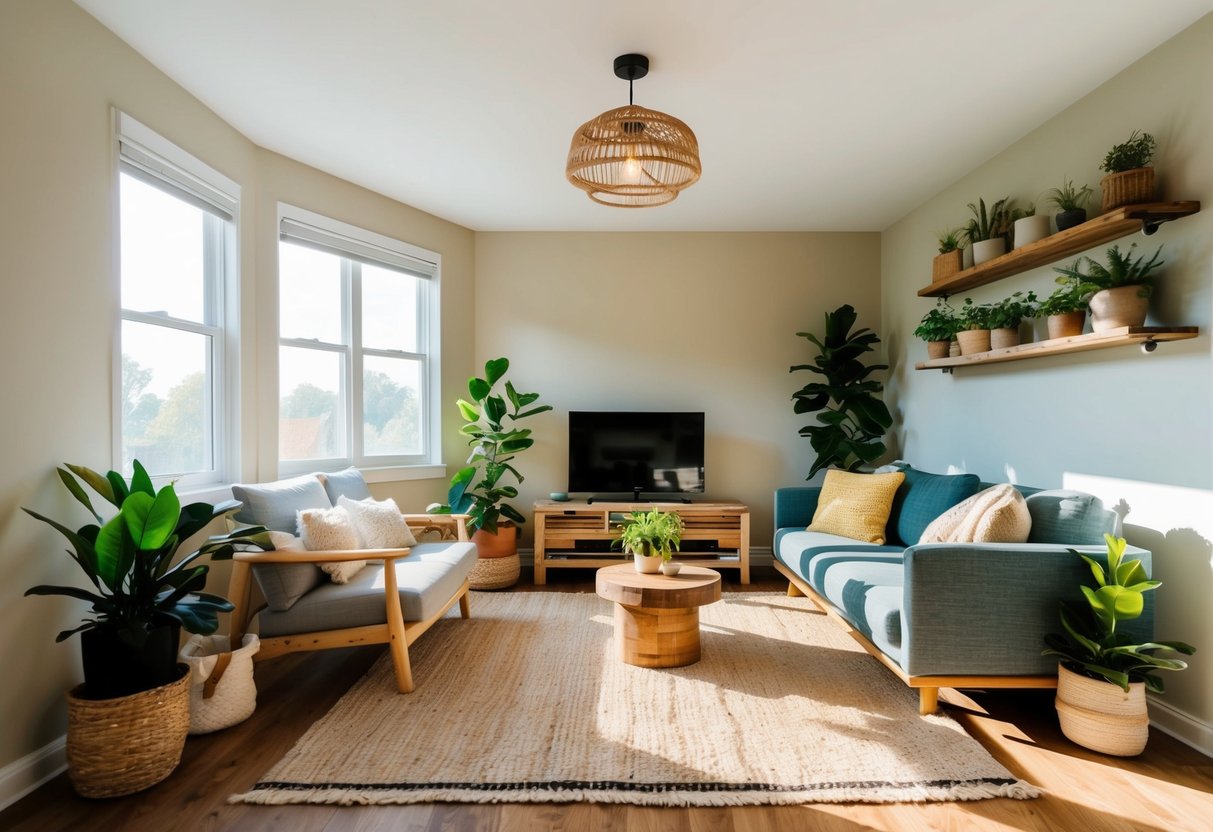Eco-Friendly Home Hacks: Sustainable DIY Solutions for Better Living
Choosing Sustainable Trash Bags
Sustainable trash bags serve as a practical way to reduce one’s environmental footprint. These bags are often made from biodegradable or recycled materials. While conventional plastic trash bags contribute to landfill waste, sustainable options break down more quickly and reduce reliance on fossil fuels.
When selecting trash bags, consumers should look for certifications indicating their environmental safety. Some bags offer compostability, ideal for use with organic waste. It’s important to evaluate both durability and eco-friendliness to avoid frequent replacements, which might negate environmental benefits. Sustainable choices in waste management products can lead to long-term positive effects on waste reduction efforts.
Sustainable Materials and Resources

Choosing the right materials and resources can dramatically reduce the environmental impact of a home. This section explores how to integrate sustainable building materials and the benefits of incorporating indoor plants into living spaces.
Selecting Sustainable Building Materials
Using sustainable materials in home construction or renovation minimizes environmental harm. These materials often have a smaller carbon footprint and are derived from renewable resources. For instance, bamboo and reclaimed wood are popular choices due to their renewability and reduced environmental impact compared to traditional wood. Additionally, recycled metal and glass are increasingly utilized, providing durability and style while contributing to waste reduction.
Material certifications offer assurance of sustainability. Certifications such as Forest Stewardship Council (FSC) for wood demonstrate that the material comes from responsibly managed forests. Homeowners are encouraged to prioritize locally sourced materials to decrease transportation emissions. By focusing on sustainability, homes can reduce their ecological footprint while enhancing their aesthetic appeal.
Incorporating Indoor Plants
Indoor plants are an effective way to promote sustainability at home. They naturally improve air quality by absorbing carbon dioxide and releasing oxygen, creating healthier indoor environments. Specific plants like Boston ferns, spider plants, and peace lilies are particularly good at filtering pollutants commonly found in homes. By choosing a variety of plants, residents can enjoy a range of air-cleansing benefits alongside the visual appeal.
Moreover, indoor plants can regulate humidity levels, reducing the need for artificial humidifiers. This contributes to energy efficiency and lower electricity usage. For those looking to cultivate a more sustainable lifestyle, incorporating plants into interior design not only enhances wellbeing but also connects people to nature within their living spaces.
Gardening for a Greener Life
Gardening provides an opportunity to enhance sustainability at home by fostering nutrient-rich soil and using effective water conservation techniques. These practices not only maximize plant health but also minimize environmental impact, making gardening an essential part of eco-friendly living.
Cultivating Nutrient-Rich Soil
Enhancing soil quality begins with composting, a method that transforms kitchen scraps and yard waste into valuable fertilizer. This enriched compost supports healthy plant growth without the need for chemical fertilizers. Heaps or bins can break down organic matter over time, producing a rich, dark material ideal for mixing into garden soil.
Rotating plant varieties in different garden areas preserves nutrient balance in the soil. This practice prevents the depletion of specific nutrients, promoting a thriving garden. Cover crops during the off-season also enrich the soil by adding organic matter and preventing erosion.
